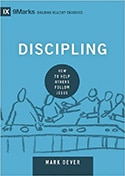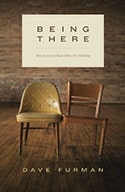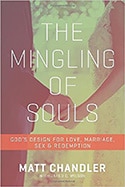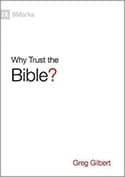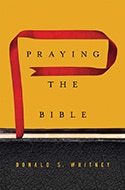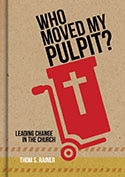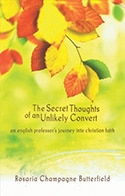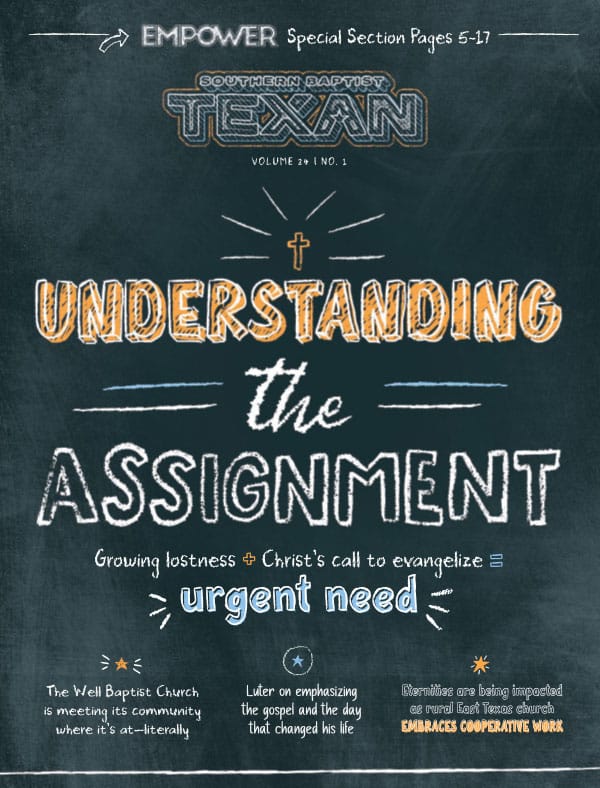Buster Moon is an energetic, enthusiastic koala bear who owns and operates a Broadway-style theater in the big city. But while Moon’s theater has enjoyed its moments of glory, it has fallen on hard times—so much so that he longer can pay his actors. His friends at the bank won’t even give him a loan.
The ever-imaginative Moon, though, has a plan: He will attract attention to his fledgling theater by hosting a city-wide singing contest where the winner will receive a grand total of … $1,000. The competition seems destined for failure due to the small prize, but Moon’s half-blind secretary—a green iguana who has a glass eye—ensures there will be a large pool of contestants when she mistakenly prints fliers with not a $1,000 prize but a $100,000 prize. Soon, the line of competitors circles the block.
Click here to read additional TEXAN movie reviews.
Illumination’s Sing (PG) opens in theaters this week, spotlighting Moon and a cast of hilarious characters as they seek to win the animal version of American Idol. Thanks to the movie’s partnerships with McDonald’s and Post Brand—the makers of popular cereals—plenty of children will be asking their parents to take them to the local cinema. And many of those same parents want to go, attracted by the all-star cast and the selection of popular radio tunes.
But as we’ll soon discover, not everything in Sing is kid-friendly. Let’s look at the details.
The Good
Sing—which was made by two of the producers behind Despicable Me—is easily one of the funniest movies of the year, and I laughed out loud multiple times. It also has a great story.
The film takes a commendable stance on what should be required to become a singer. That is, the ability to sing. Sadly in today’s music industry, beauty comes first and talent second. But in Sing, all sorts of animals make the finals—including a shy-and-bumbling female elephant named Meena (Tori Kelly) and an aging and slightly overweight pig mom named Rosita (Reese Witherspoon). In this movie, the voice is preeminent.
Sing also soars as simply a celebration of music—one of God’s great gifts that we are to enjoy. Even though the film includes some non-kid-friendly songs (more on that below), it also includes plenty of mainstream songs that I can appreciate with my children.
It has a good message about sacrificing and working hard to reach goals.
Finally, the movie does a nice job of showing the loving bond between parents and children—first in revealing how Moon’s father sacrificed for his son, and then in showing the father of a singing gorilla named Johnny (Taron Egerton) going to great lengths to tell him he was proud of him.
The Bad
It’s impossible to critique Sing without discussing song selection. Why, for example, is Nicki Minaj’s “Anaconda” (which uses samples from Sir Mix-a-Lot’s “Baby Got Back”) in the movie? This is a film for kids … right? Yet the song is auditioned by three posterior-shaking rabbits as the lead bunny says to a rhythm, “Oh, my gosh, look at her butt.” And, to make it worse, Moon (Matthew McConaughey) smiles and relishes the performance. The rabbits thankfully don’t make the cut to the finals, but they return later in the film—and we see them shaking their rears again. Despite all of the movie’s great moments, many kids will remember only that. And then they’ll sing it at school and home. Why, Hollywood, why? (And, yes, the song is on the CD soundtrack.)
There are other questionable songs—Digital Underground’s “Humpty Dance” among them—but we don’t hear any objectionable lyrics from them.
In essence, Sing is a reflection of all that is right and wrong in popular music. Sure, much of it has a great rhythm that will stick in your head, but much of it also is filled with sexually suggestive lyrics that can poison your mind.
Rosita’s dance partner tells her to “take off” all of her clothes. (She doesn’t; he reveals a skin-tight dance outfit.) Songs by Katy Perry and Lady Gaga also are featured, and although the lyrics are OK for this movie, too many of their other songs aren’t.
The movie has other problems.
Moon steals electricity and then utility water, without repercussions. At another point in the film, a porcupine named Ash (Scarlett Johansson) comes home to find her boyfriend—who she was living with—singing with another female porcupine. Ash kicks them out.
There are no major language problems. (Four examples of “oh my gosh”; one “old fart”; one “artsy fartsy.”) There are a couple of light jokes about speedos.
The Verdict: OK For Kids?
My kids are 8 and 4 and—although somewhat discerning for their age—tend to remember every bad thing in a film. (For example, they talked about the Sing TV commercials and its “look at her butt” lyrics for days and days—much to my frustration.) That said, I might wait for this one to come out on DVD and then watch a filtered version. I have no doubt that Sing is acceptable for many if not most families, but there are just too many points of concern for me.
Discussion Questions
What makes a contemporary song popular—the lyrics or the beat? (And is that good or bad?) In what way do popular songs affect how we view sexuality and other issues? Is talent or beauty more important in popular music? Was Buster Moon wrong to steal the electricity and water? Was Johnny morally responsible for his actions when his father was teaching him how to rob? Which character did you like the most, and why?
Sing is rated PG for some rude humor and mild peril.
Entertainment rating: 4 out of 5. Family-friendly rating: 3.5 out of 5.


